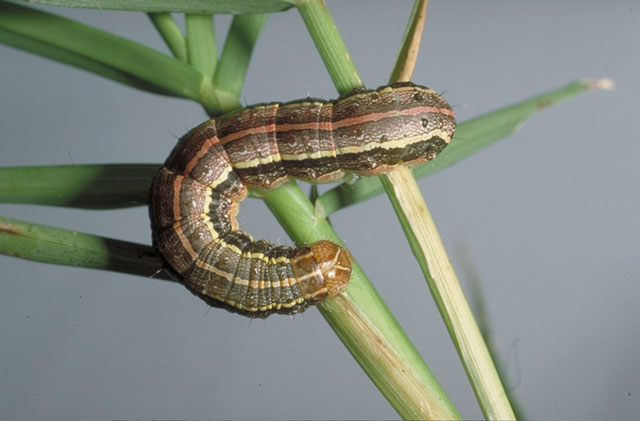Sadc agric experts meet to curb fall armyworm

Elita chikwati, Harare Bureau
SADC agricultural experts are in South Africa for a two-day stakeholder meeting on fall armyworm response action and plans for the 2017/18 farming season.
The fall armyworm, a transboundary pest that is difficult to manage and first reported in Southern Africa in late 2016 continues to cause damage to maize and other crops in the region.
The Southern Africa fall armyworm stakeholders’ meeting which is organised by the Food and Agriculture Organisation will bring together key stakeholders in the region, including representatives of member states, donors, academia, research organisations and development partners.
In a statement yesterday, FAO said SADC experts will also identify policy issues that will inform the response in the short, medium and long term.
“Key concerns about the fall armyworm infestation are the impact on food security and livelihoods of especially smallholder farming households.
“Stakeholders will present and discuss their fall armyworm response actions, lessons, challenges and preparedness plans for the 2017/18 agricultural season. Donors and development partners will give their perspectives on the concluded and planned fall armyworm response actions,” said FAO.
The key outputs of the meeting will be a situation update of the fall armyworm infestation in the region, including response actions, a regional preparedness plan for the 2017/18 production season, key messages on fall armyworm management for farmers and policy issues that will inform the response in the short, medium and long-term.
Infestations of fall armyworms that has hit maize fields in Southern Africa, has spread across Zimbabwe. The armyworm has spread affecting all provinces of the country.
The outbreak of fall armyworms – an invasive Latin American species which is harder to detect and eradicate than African armyworm has erupted in Zambia, Malawi, Botswana, Zimbabwe and most recently Namibia and follows an El Nino triggered drought which affected much of the region last year and followed by La Nina triggered wet season.
However, fall armyworm detection and subsequent reports in the SADC region is not known or not properly documented. The pest is likely to have been in the region for some five or more years back but due to drought and other factors was not known to be present.










Comments